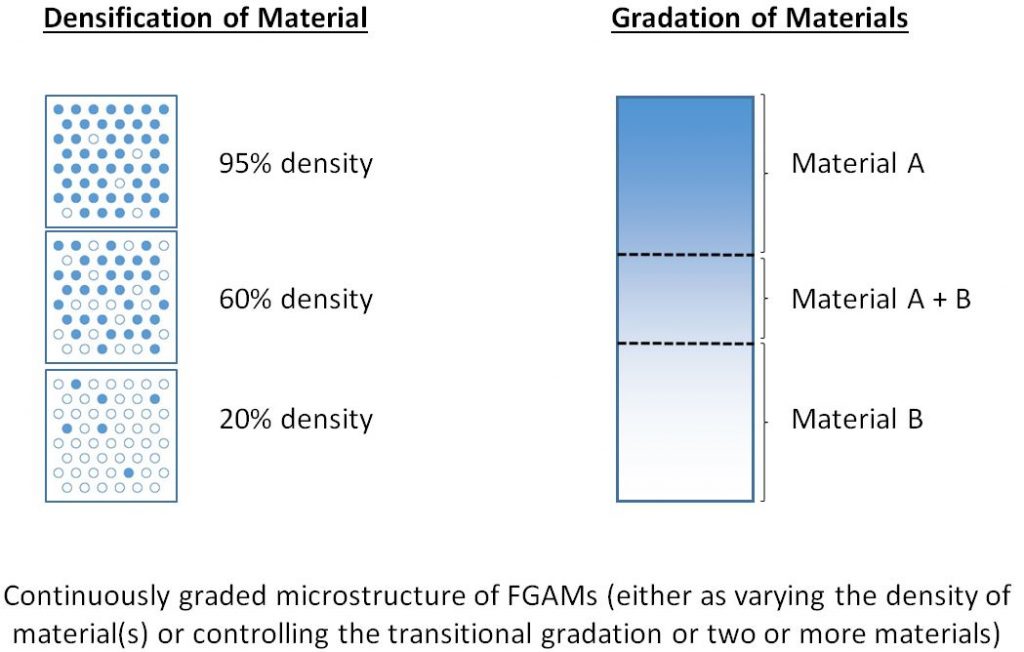


To get even more complex sounds, we can use Time-varying Additive Synthesis, in which “the mixture of sine waves varies over time…creating more interesting synthetic timbres and more realistic instrumental tones.” (Roads, 2012, p. Notice how the waveforms below change as more harmonics are added: The more odd harmonics added using the same proportional amplitude adjustment, the more distinct the square wave becomes. Next would be the 5th harmonic tone at 500Hz at an amplitude of. So if we start at 100Hz at a normalized amplitude of 1.0, the next tone would be 300Hz at an amplitude of. Starting with the fundamental frequency, odd harmonics are added that decrease in amplitude proportional to the harmonic number. The use of sine waves make the process highly predictable and controllable.įor example, it’s possible to build a square wave by adding a series of sine waves together that are related in a very specific way. By summing several sine waves of varying frequency, amplitude and phase, we can create more complex sonorities. 134)Īlthough in theory any waveforms can be used, sine waves, the only pure waveforms without harmonics, are used most commonly. “Additive Synthesis is a class of sound synthesis techniques based on the summation of elementary waveforms to create a more complex waveform.” (Roads, 2012, p. By controlling the routing of air through various pipes it’s possible to create a variety of timbres. Additive Synthesis is considered the oldest form of sound synthesis dating back to its application in pipe organs.


 0 kommentar(er)
0 kommentar(er)
